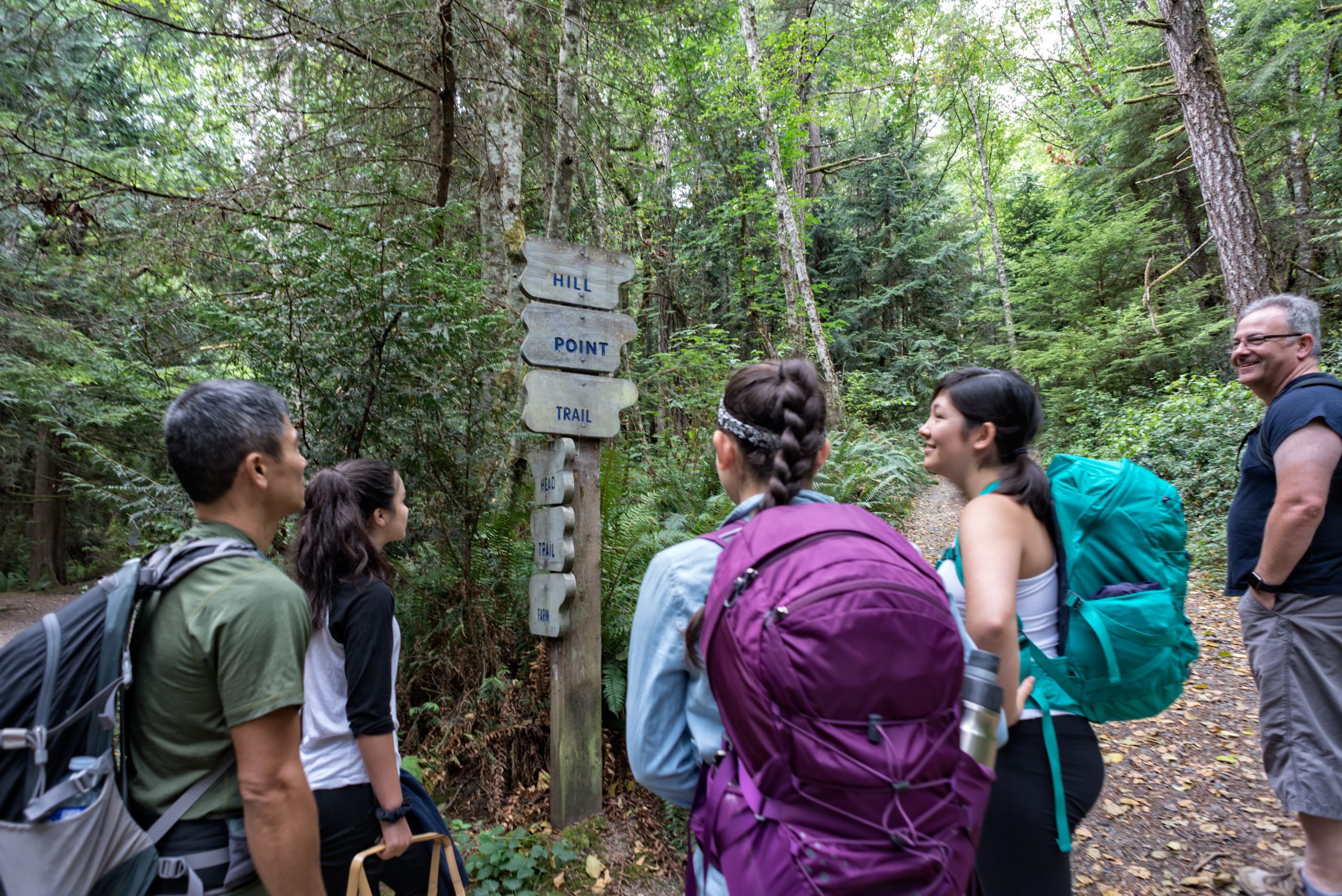
Top Tips to Become a Physically Active Family
With the new year upon us many people are looking for ways to be more active in their day-to-day lives. However, meeting the daily physical activity recommendations laid out by Canada’s 24hr Movement Guidelines can be challenging for many, especially youth in late childhood and the teenage years. As schedules grow busier, youth become more independent, social lives blossom and social media is introduced, finding time in the day to fit in the recommended 60 minutes of physical activity can seem near impossible to a young person. As such, parents can play an important role in educating, motivating and role modeling active living for their growing children.
Here are 3 tips you can try to help your family increase their daily physical activity in 2019!
Remember, Canada’s 24hr Movement Guidelines recommend at least 60 minutes of physical activity a day for children and teens and 150 minutes of physical activity a week for adults.
1. Do it Together – Have Fun!
Your kids are watching you. Share your enjoyment of physical activity with them and bond by being active together:
- Pass on knowledge of a traditional or cultural sport you know.
- Spend quality time bowling, skating, hiking, or going for a bike ride.
- Take the pedometer challenge with your child. Add 2,000 steps to your day and build up from there to eventually accumulate 12,000 steps per day.
- Go to a park and play frisbee golf, kick or throw a ball or play hacky sack.
- Try a class together! How about spin cycling, yoga, pilates, fencing, a new style of dance or group fitness class? Many community centres, fitness centres and studios have no or low-cost options for teens
- Take an active vacation (camping, surfing, skiing, canoeing, etc…)
2. Be Outdoorsy
Being active in nature is good for the body, mind and soul! Talk with your family about planning an outdoor activity the whole family will enjoy such as visiting a community garden or local farm. Here are a few suggestions:
- Go for a walk before or after dinner – it’s a great way to connect with your child and add extra steps to both your days.
- Engage the family in active chores like gardening, sweeping, mowing the lawn, raking leaves or shoveling snow.
- Hike, bike, fly a kite, walk the trail system – check out Canada Trails website for a trail near you.
- Try orienteering or geocaching. Both are takes on outdoor scavenger hunts and involve map reading. Look them up online for an opportunity near you.
- Identify at least one winter activity and one summer activity you want to do together as a family like snowshoeing, skating, skiing, indoor climbing gyms, or snowboarding in the winter or frisbee golf, cycling, swimming, hiking, stand-up paddle boarding, and kayaking in the summer.
3. Introduce Variety
Children and teens are not always aware of the many physical activities that are available close to home:
- Encourage them to check out school teams (recreational or competitive), club teams, or recreational teams through community centres and local sport organizations. Some girls prefer to play on female only teams led by a female coach or leader.
- If your child is not the team sport type, look together for opportunities within your community. Visit community centres, pools, arenas, courts, climbing gyms and parks. Archery, martial arts, dancing, kickboxing might be some options for individual sports.
With these new tips in mind, what sort of physical activity would you like to do with your family this weekend?



